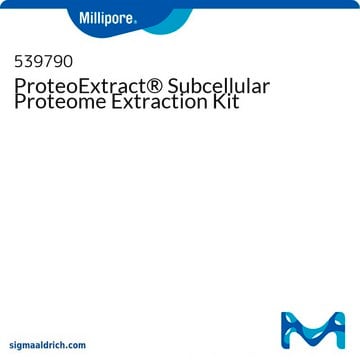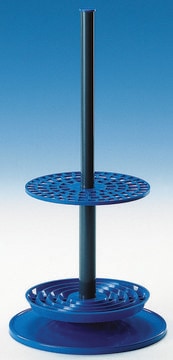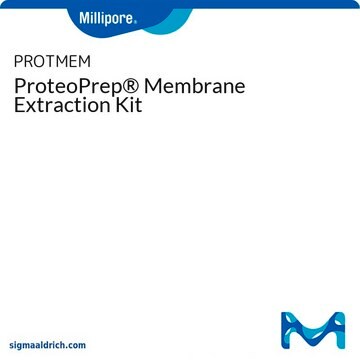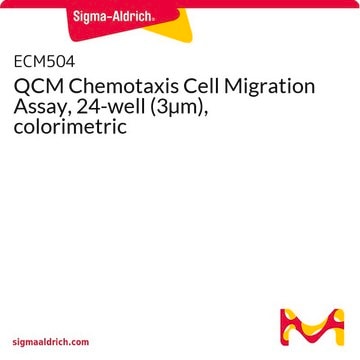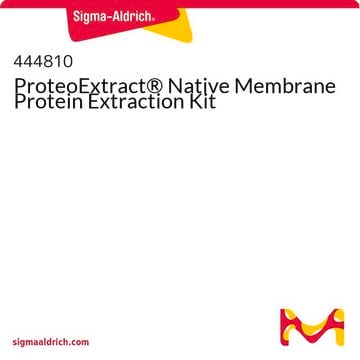HTS176M
ChemiSCREEN Membrane Preparation Recombinant Human S1P1 Lysophospholipid Receptor
Human S1P1 / EDG1 GPCR membrane preparation for Radioligand binding Assays & GTPγS binding.
Select a Size
$715.20
List Price$894.00Save 20%Estimated to ship onApril 11, 2025
Select a Size
About This Item
$715.20
List Price$894.00Save 20%Estimated to ship onApril 11, 2025
Recommended Products
General description
Application
Biochem/physiol Actions
Quality
EC50 in GTPγS binding assay by Sphingosine 1-phosphate: ~ 9.5 nM
Specifications
Membranes are permeabilized by addition of saponin to an equal concentration by mass, then mixed with [35S]-GTPγS (final concentration of 0.3 nM) in 20 mM HEPES, pH 7.4/100 mM NaCl/10 mM MgCl2/10 μM GDP in a nonbinding 96-well plate. Unlabeled Sphingosine 1-phosphate was added to the final concentration indicated in Figure 1 (final volume 100 μL), and incubated for 30 min at 30°C. The binding reaction is transferred to a GF/B filter plate (Millipore MAHF B1H) previously prewetted with water. The plate is washed 3 times (1 mL per well per wash) with cold 10 mM sodium phosphate, pH 7.4, then dried and counted.
Note: Performing the reaction with lower GDP concentrations (0.5 μM) results in elevated constitutive activity (Figure 2).
One vial contains enough membranes for at least 200 assays (units), where one unit is the amount of membrane that will yield greater than 1000 cpm specific sodium propionate-stimulated [35S]-GTPγS binding.
The S1P1 membrane preparation is expected to be functional in a radioligand binding assay; however, the end user will need to determine the optimal radiolabeled ligand for use with this product.
Physical form
Packaging method: Membrane protein was adjusted to 1 mg/ml in packaging buffer, rapidly frozen, and stored at -80°C.
Storage and Stability
Legal Information
Disclaimer
Storage Class
12 - Non Combustible Liquids
wgk_germany
WGK 1
flash_point_f
Not applicable
flash_point_c
Not applicable
Certificates of Analysis (COA)
Search for Certificates of Analysis (COA) by entering the products Lot/Batch Number. Lot and Batch Numbers can be found on a product’s label following the words ‘Lot’ or ‘Batch’.
Already Own This Product?
Find documentation for the products that you have recently purchased in the Document Library.
Active Filters
Our team of scientists has experience in all areas of research including Life Science, Material Science, Chemical Synthesis, Chromatography, Analytical and many others.
Contact Technical Service
